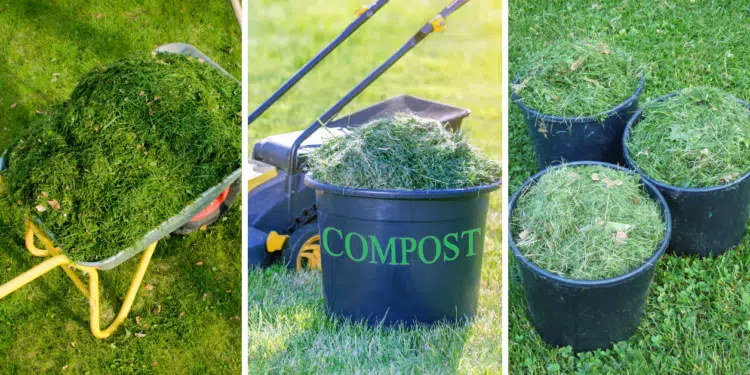Cost-Effective Champion:
Let’s face it, buying fertilizer and mulch can add up. By utilizing grass clippings, you’re not only saving money but also reducing your reliance on manufactured products. It’s a win-win for your wallet and the environment!
The Art of Using Grass Clippings:
Composting: For a slow and steady release of nutrients, add grass clippings to your compost pile. Just remember to mix them with brown materials like leaves or shredded paper to create a good balance for optimal decomposition.
Mulching: Freshly cut grass clippings can be used directly as mulch around your plants. However, avoid using thick layers of wet clippings as they can mat down and smother plants. Let the clippings dry slightly for a few hours before applying them as mulch.
Important Considerations:
- Avoid Grass Treated with Herbicides: Using grass clippings treated with herbicides can potentially harm your plants. If you use weed killer, wait at least a week before using the clippings in your garden.
- Fresh vs. Decomposed: Fresh clippings are best used for mulching, while decomposed clippings from your compost pile are ideal for adding nutrients to the soil.
Embrace the Green Revolution!
By incorporating grass clippings into your gardening routine, you’re not just saving time and money, but also contributing to a more sustainable and eco-friendly gardening practice. So, the next time you mow your lawn, think twice before tossing those clippings. Unleash their hidden potential and watch your garden flourish with the power of nature’s own green treasure!
